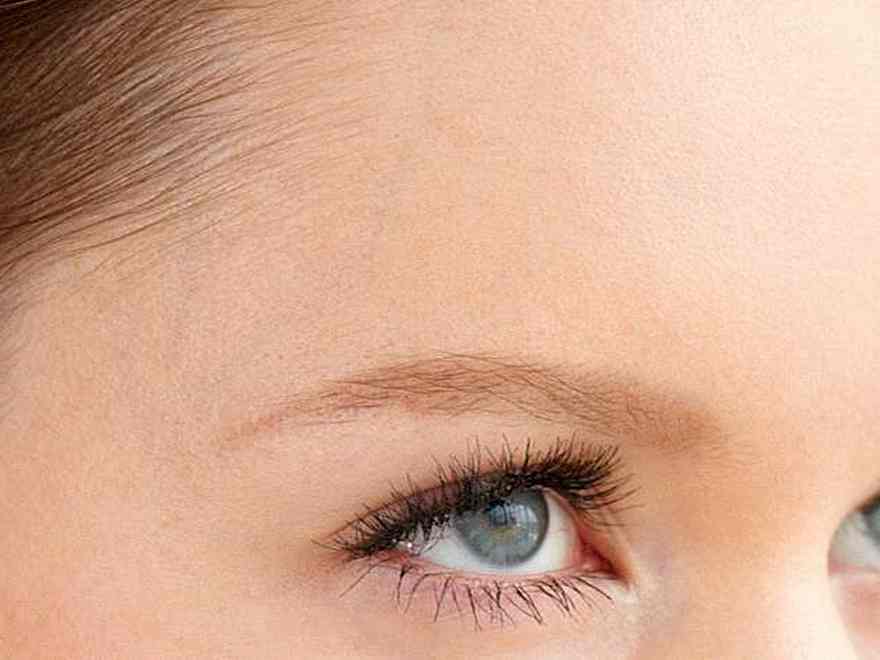
The plant you understand finest as a pure cloth dye is now being touted as a pores and skin soother, cropping up in face, eye, and hand lotions. Nevertheless it's removed from a brand new skincare ingredient: The reality is that indigo has been used for a whole lot of years within the Japanese world. "Its recognition in Japan will be traced to the Edo interval, the place the plant was used as a material dye as a consequence of its anti-bacterial and dirt-repelling qualities," says Vicky Tsai, founding father of Tatcha. "Samurai wore layers of indigo-dyed materials underneath their armor to assist hold micro organism from infecting wounds. In Japan, it's referred to as Samurai blue." The ingredient has additionally been used as a remedy in Japanese medication for irritation and itchy, irritated pores and skin.
Associated: How you can Forestall Eczema Flare Ups
That's why it ought to come as little shock that it's additionally being touted as a bona fide psoriasis remedy nowadays: Research have discovered that two compounds derived from its leaves, indirubin and tryptanthrin, diminish and soothe crimson, dry patches and irritation. Because the American Academy of Dermatology experiences, these with delicate pores and skin and situations like psoriasis may benefit from utilizing topical indigo and will maybe see higher outcomes than with typical topical steroids.
However the jury's nonetheless out on whether or not indigo can relieve different situations that trigger flare-ups, like eczema and rosacea, or deflate the puffiness that contributes to pores and skin getting old, says Houston dermatologist Rajani Katta. Till extra analysis has been finished, she says, "search for merchandise that mix it with different confirmed substances," equivalent to itch-relieving colloidal oatmeal or skin-fortifying hyaluronic acid. One such product is Tatcha's "The Indigo" Cream which comprises two % of colloidal oatmeal, and was awarded the Nationwide Eczema Affiliation Seal of Acceptance.
Extra reporting by Elizabeth Swanson.















